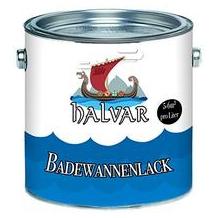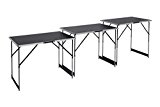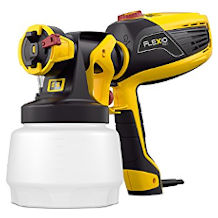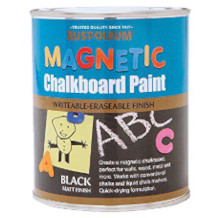Wood stain purchasing advice: how to choose the right product
- What You Need to Know
- With regular use, wood shows signs of wear. Wood stains are used to maintain it and make it more resistant.
- Unlike varnish, a transparent stain does not hide the natural grain of the wood.
- There are thin-, medium- and thick-layer glazes; the consistency differs according to the proportion of solvents.
- Glazes for outdoor use contain various chemicals to protect against fungi and moss; for indoor use they are water-based.
- The wood to be treated must be free of grease and dust. It may need to be sanded down first to prevent splinters from coming off later.
A true classic
Wood is still one of the most popular building materials today. It gives the living environment a natural look and spreads a feeling of warmth. In both the cold and warm months, it radiates cosiness and invites you to linger. Whether it is a reading corner furnished with wooden furniture and a fireplace or a wooden terrace in the garden, wood is a true classic when it comes to furnishing the familiar home.
But anyone who has a lot of furniture made of real wood in their own four walls will notice that the wood shows signs of wear over time. Especially if it is used outdoors and is thus exposed to the weather, it wears out quickly: garden furniture, sheds or patio floors change their shape and colour over time.
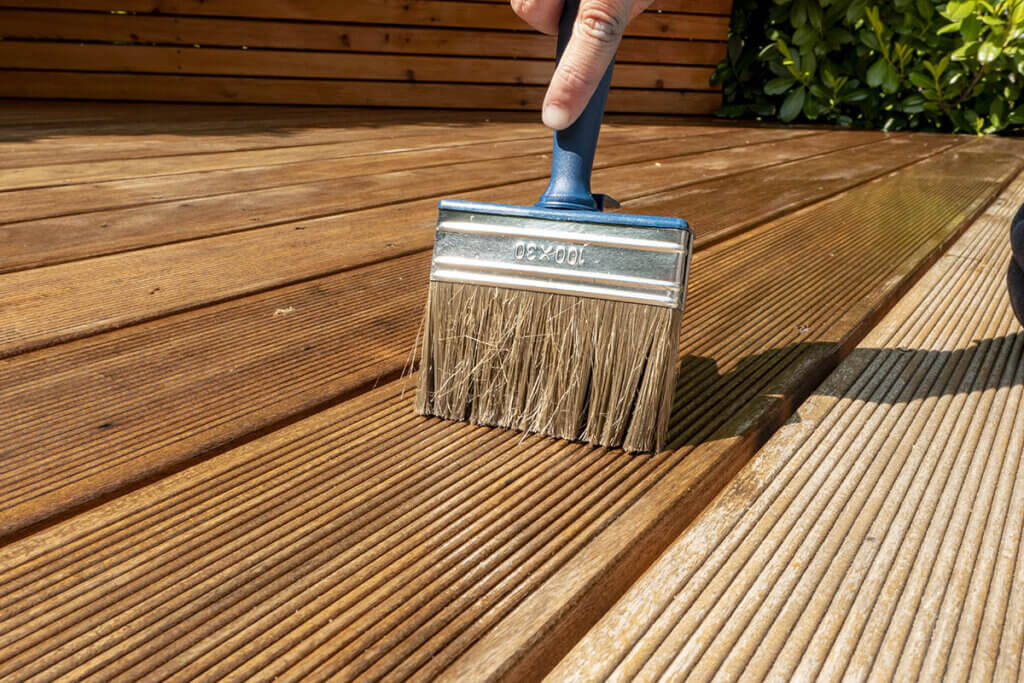
Wood is very sensitive and may even become brittle and cracked. Regular maintenance is therefore essential. Especially dimensionally stable windows and doors must be treated so that they do not lose their functionality. Dimensional stability refers to the actual dimensions of a workpiece when it is within the permissible deviation from the specified nominal dimension.
What is wood stain?
Wood stain is a transparent coating that is applied to the wood with a brush. It is suitable for all types of wood, such as oak, pine, mahogany, teak, maple and beech. Once the glaze has dried, it protects the wood from the elements, such as rain or snow, and makes the wood more durable. Because the glaze is transparent, the natural look is preserved and the grain shines through. Despite their transparency, glazes are available in different colours that emphasise the natural colour of the wood.
Depending on the tree species, the woods have different properties: Hard woods, for example, are very resistant, while soft woods are susceptible to weather-related damage. Resistant woods consequently need less protection than sensitive ones. Depending on the wood, you will need to adjust the care; nevertheless, you can also give hard woods a new coat of glaze every few years.
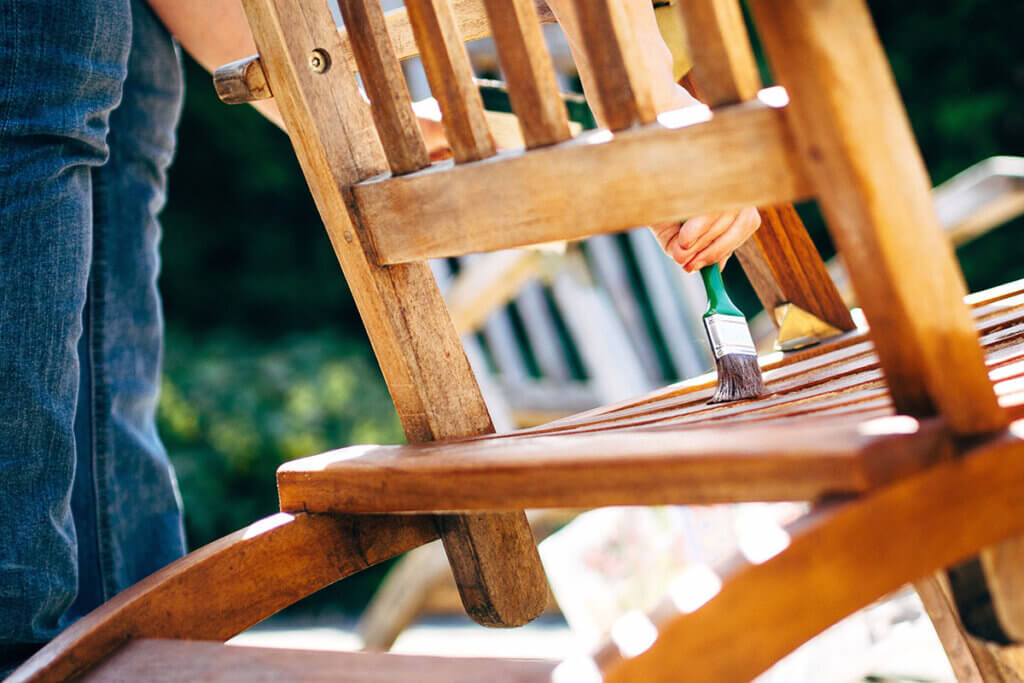
Why is wood stain important?
A stain is important for wood for three reasons: depth protection, surface protection and UV light protection. The glaze saturates the wood fibres inside so that moisture cannot penetrate the wood. In addition, the glaze forms an impermeable protective layer on the surface. Last but not least, the fine colour pigments in the glaze are absorbed by the fibres and bound in the resin on the wood surface. In this way, the glaze prevents the wood from greying due to UV rays.
Differences compared to wood varnish
Although varnishes and glazes have similar ingredients, such as solvents, binders, colour pigments and fillers, the two substances should not be confused. The difference lies in the ratio of the ingredients: glazes contain significantly fewer pigments and fillers. Wood varnishes form a hard film on the wood when it dries. If the varnish is coloured, the layer hides the wood and thus also the natural look. Wood varnishes, on the other hand, penetrate into the wood and the natural grain is preserved. Varnish is not very susceptible to moisture, but if it cracks, moisture can penetrate and attack the wood. With clear varnishes, the damage is then even visible.
Glazes do not form layers, but a barrier that protects against moisture. They also make the wood permeable to water vapour, which benefits the indoor climate. If you want to provide your wooden furniture with complete protection, choose a combination of varnish and glaze: first apply the glaze and then paint the wood with varnish.
Different glazes
There are three different types of wood stain, which differ mainly in their consistency.
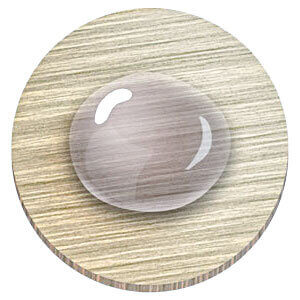
Thin-layer glaze
A thin-layer glaze is very thin and therefore penetrates deeply into the wood. In addition, no film forms on the surface. The glaze is primarily intended for outdoor objects, as it contains solvents that are harmful to health. It is suitable, for example, for fences, windows, garden houses and carports. Thanks to the thin-layer glaze, the paint does not flake off and strengthens the wood from the inside. However, it weathers more quickly and must be renewed more often.
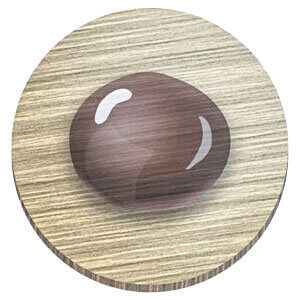
Medium-layer stain
A mid-coat glaze is a compromise between a thin- and thick-coat glaze. It lets less moisture through than a thin-coat glaze and penetrates deeper into the wood than a thick-coat glaze. Accordingly, the consistency ranges between thin and thick. The product is suitable for glazing components with limited dimensional stability such as shutters and trusses. It is therefore suitable for both interior and exterior use.
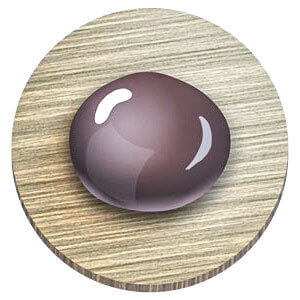
Thick Film Glaze
Thick film stain is the most viscous of all wood stains and therefore penetrates less deeply into the wood. Instead, it sticks to the surface of the wood and forms a protective film there. This prevents moisture from penetrating the wood, but it does diminish over time and may become brittle. Thick-film stain is suitable for dimensionally stable objects indoors and outdoors, such as windows and doors.
What matters when buying
When buying a wood stain, you should pay particular attention to the ingredients, as stains for indoor use contain different substances than those for outdoor use. Take a look at the container size if you know how much wood stain you need. Last but not least, the colour is relevant as it should match the natural tone of the wood.
Ingredients
Regardless of whether it is a thin or thick layer stain, the following ingredients are contained in every wood stain:
Binders such as oils, resins or acrylics hold the other ingredients together.
Pigments are used in coloured glazes. No colour pigments are added to clear wood stains.
Solvents, for example balsam turpentine or orange peel oil, determine the consistency of the glaze; the more solvent it contains, the thinner the product. Thin-bodied glazes should only be used outdoors, as the high proportion of solvents results in stronger vapours.
Chemicals are contained in the glazes depending on the area of application. Biocides, insecticides and fungicides are supposed to protect the wood from fungi, bacteria, moss and mould. Since these substances are toxic or can cause allergic reactions, they are only added to glazes that are intended for outdoor use. Glazes for indoor use are water-based.
Quantity
Wood stains are available in buckets of various sizes. The container size ranges from 0.25 to 30.00 litres and more. For one square metre of wood surface, you need about 80 millilitres of glaze.
| Glaze quantity in litres | Usable area in square metres |
| 0.75 | 10 |
| 1.00 | 12 to 15 |
| 2.50 | 25 to 35 |
| 10.00 | 140 |
| 30.00 | 400 |
Colour
If you want to preserve the natural look of a wood species, coloured stain is recommended. Wood stain is never opaque, but always transparent; the natural colour of the wood is therefore only accentuated so that the grain can still be seen. If you want to give the wood a completely new coat, you should then apply varnish.
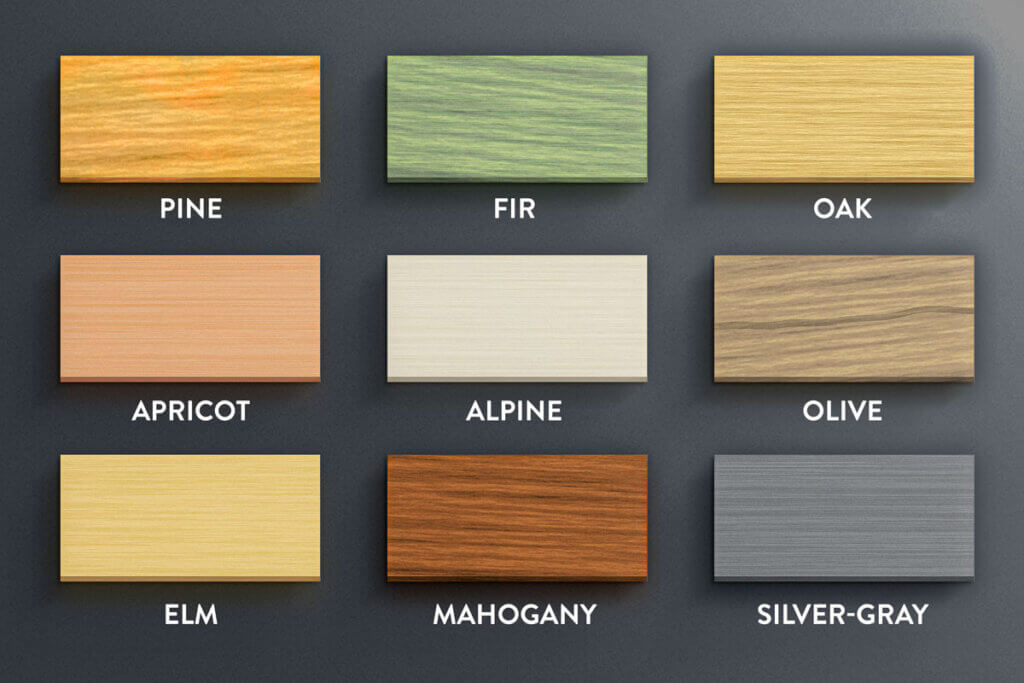
Instructions for use, storage and disposal
For the wood stain to protect the wood, it must be applied correctly. In addition, you should observe some safety precautions when working with wood stain. These are just as important as the correct storage and disposal of the stain.
Applying wood stain
First of all, you should make sure that you do not glaze the wood in damp conditions or in direct sunlight. The wood surface must be clean, dry and free of grease and dust; it helps to sand it down first. Especially surfaces finished with a thick-layer stain or varnish should be treated before glazing. However, make sure to sand only in the direction of the grain. First stir the glaze sufficiently; you should also work the glaze regularly with a stirring stick during use. Now dip a brush in halfway without picking up too much glaze.
No sticking thanks to glue
To prevent picking up too much glaze with the brush, you should wipe it off at the edge of the can. Attach a piece of tape to the rim of the tin to prevent unsightly glaze residue from sticking to it; otherwise, the lid may not close properly. You can simply peel off the tape after use and the tin will remain clean.
How smooth the surface will be in the end depends on the type of wood and the pre-treatment. If you have sanded the wood very finely, the glaze will also be very smooth. With glazed wood that has not been sanded, you can still feel the wood structure; splinters may even come off.
Apply the glaze sparingly to prevent drying problems. The drying time is usually two to four hours. It may be delayed in cold, wet weather and high humidity. After 5 to 15 hours – depending on the glaze, wood and weather conditions – you can already apply another coat. Especially with coloured glazes, additional coats make the colour more opaque. For optimal protection, three coats are recommended. After one to two days, the entire surface will be completely dry, so that you can touch the glazed wood without hesitation.
Safety advice
If you have sensitive skin, wear gloves when glazing as repeated contact can cause brittle and cracked skin. Avoid releasing the glaze into the environment as the ingredients are harmful to aquatic organisms. When you are finished, clean the brush thoroughly with soap and water. It is imperative to store any cleaning cloths that have glaze on them in a can or bucket of water under exclusion of air and then dispose of them if necessary, otherwise there is a risk of spontaneous combustion. As long as the woodstain is in its original container, there is no risk, as the product itself is not self-igniting.
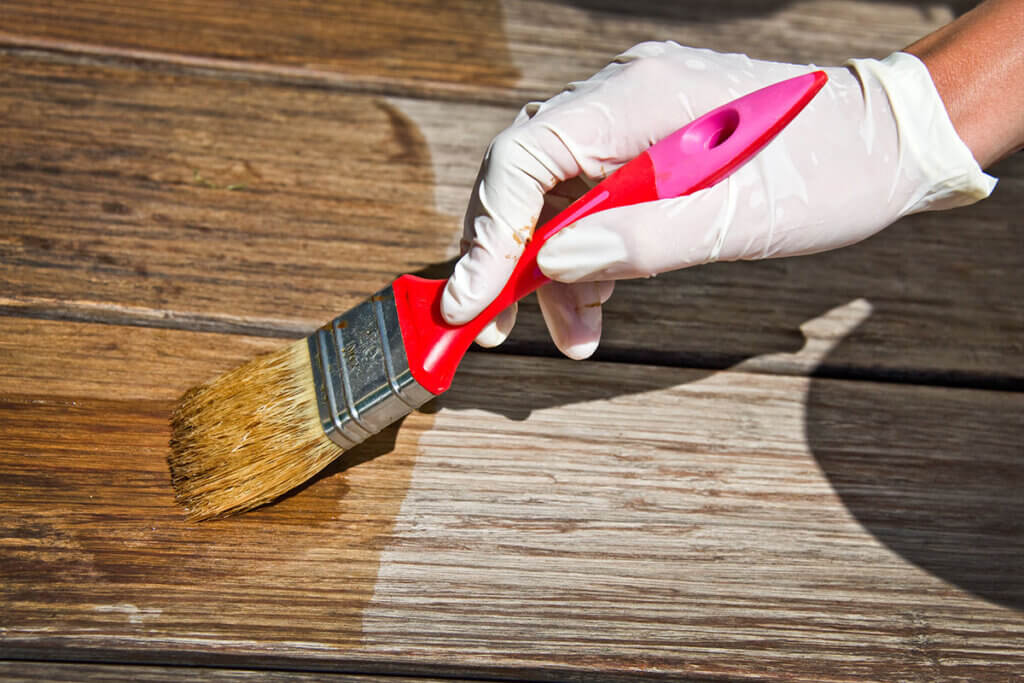
Fire free
Glazes contain oils that harden when they absorb oxygen. This chemical reaction releases heat that is hardly noticeable on a painted surface. However, the heat cannot escape from sponges, textiles or cleaning cloths. The heat promotes oxygen absorption, which generates even more heat. As a result, the material can self-ignite within several hours.
Storing wood stain
A can of wood stain should be stored airtight and cool, but frost-free. If the container is not opened, you can still use the stain after two to three years. Otherwise, you should use it within one year. Make sure you store the can out of the reach of children and animals.
Disposing of wood stain
Do not simply dispose of liquid wood stain in the household waste or pour it down the sink. Only dried water-based stain residues can be disposed of in the household waste. Liquid and uncured woodstain must be taken to a recycling centre or a mobile collection point for hazardous materials.

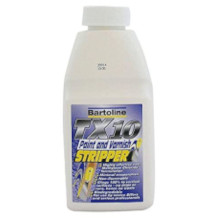
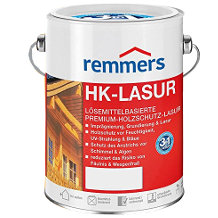



















 6,071 reviews
6,071 reviews





